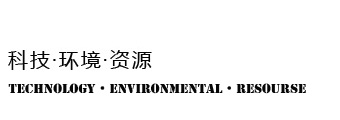Circuit board crushing and sorting process
The recycling of waste circuit boards depends to a large extent on the knowledge of their material composition and structure. Therefore, it is necessary to determine the composition and content of various substances on waste circuit boards from a qualitative and quantitative point of view. The substrate material of the printed circuit board is usually glass fiber reinforced phenolic resin or epoxy resin, on which various components are welded, the composition is very complex, and it contains a variety of metals, which has high resource recovery value. At present, many researchers have studied the composition and structural characteristics of waste circuit boards. The results show that the composition and content of elements in circuit boards corresponding to different electronic products are different.
The circuit board crushing and recycling process is to separate metals and non-metals by means of crushing, pulverizing, air-selection, air-selection, specific gravity and high-voltage electrostatic separation to achieve 99.8% separation purity of metals and non-metals. Since electronic waste components are mainly composed of various metals, reinforced resin plates and copper wires attached to them, components and various metals plated on them, they have high hardness and strong willfulness, and need to be broken by a crushing process. That is, the crushing equipment with shearing effect can achieve better dissociation effect.
The circuit board recycling and processing equipment can fully excavate the treasures in this pile of “waste”, and the circuit board recycling and processing equipment can separate the metal and non-metallic substances in the electronic waste, and the impurities after sorting can be less than 1%, that is, sorting The effect can reach 99%, and it belongs to complete physical separation. The properties of various materials will not change after the separation of the circuit board recycling equipment, and will not affect the recycling. It has the outstanding advantages of environmental protection, efficiency improvement, energy saving, production increase, time saving and labor saving.








Leave a Comment